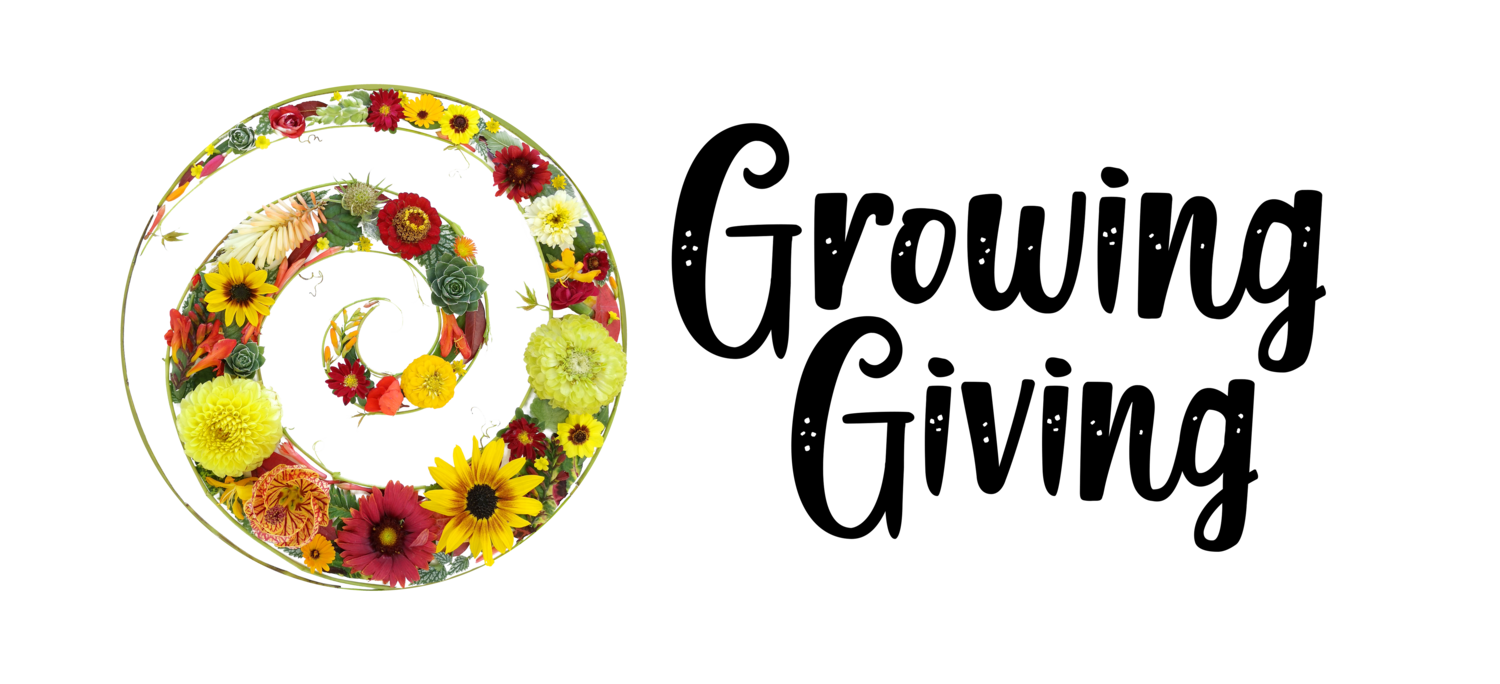Mental Health & Psychological First Aid
I was first introduced to Mental Health First Aid in 2018 while working nationally with the Cooperative Extension system, many of whose states were ensuring staff were trained in this model. They also have a youth-focused training some of the community-focused youth programs I work with have implemented.
After responding to the Maui wildfires, I found myself learning more about Psychological First Aid and sharing it with others, especially young people. Psychological First Aid helps people cope with the aftermath of a traumatic event, disaster, or personal crisis—-and can be used by anyone as it doesn't require previous training or education. The actions you take will depend on the situation and the needs of the people you're helping.
Safety, calm, and meeting immediate needs are three of the goals of Psychological First Aid I find myself using and reminding others of most.
Safety. Calm. Meeting Immediate Needs. —This is how we take care of each other.
The goals of Psychological First Aid are to:
Reduce stress: help people feel calmer and more connected so they can recover in a healthy way.
Promote safety: help people meet their basic needs, such as food, shelter, and medical attention.
Provide information: help people understand the situation and how to get help.
Help people connect: help people reconnect with loved ones and keep families together.
Provide hope: help people find services that can help them.
Build self-efficacy: help people feel like they can help themselves.
Here is information about a Psychological First Aid App: https://www.nctsn.org/resources/pfa-mobile
And a Psychological First Aid Training to learn more: https://www.samhsa.gov/resource/dbhis/psychological-first-aid-online
